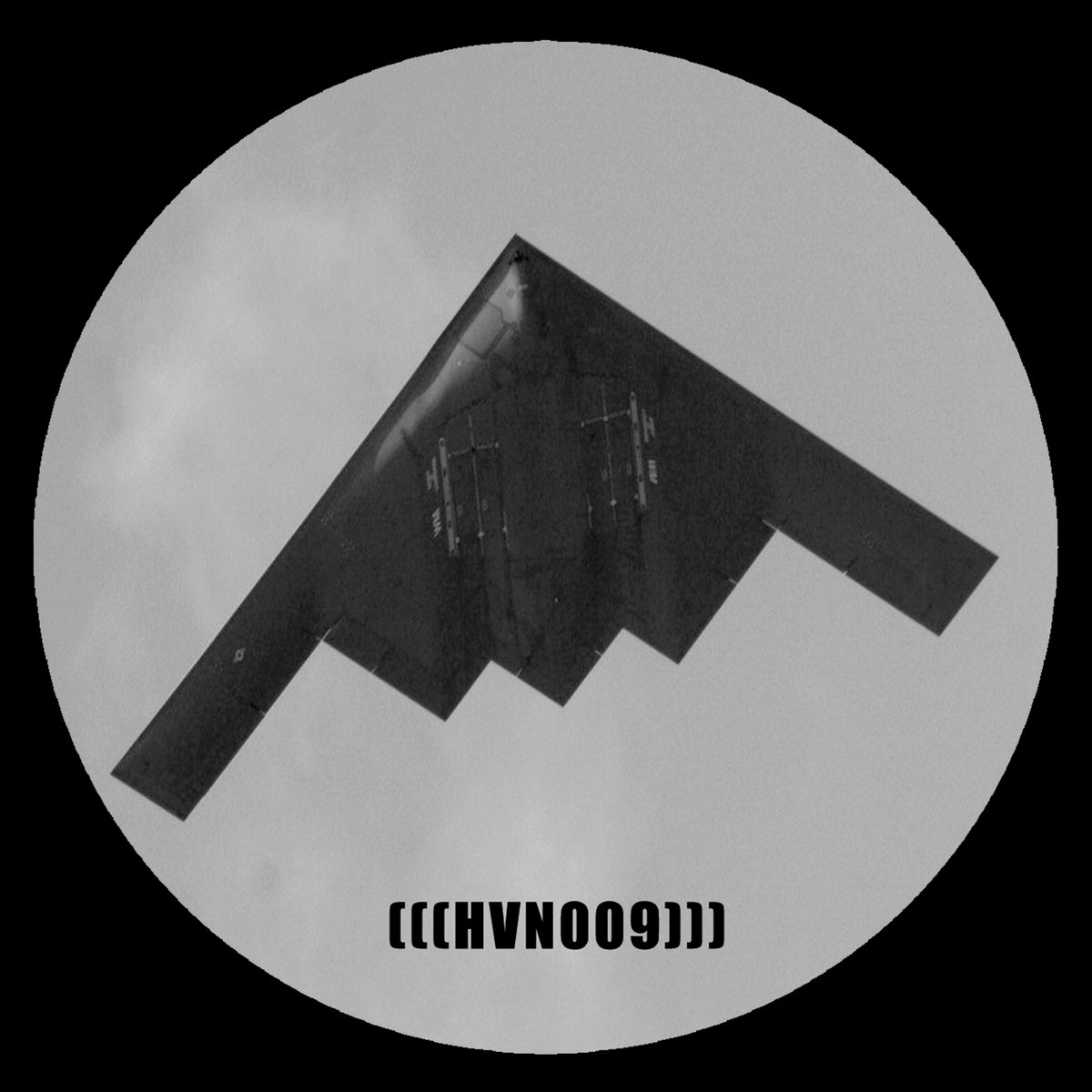This is something that has been bothering me for a while as I’m diving through space articles, documentaries etc. All seem to take our observations for granted, which are based on the data of the entire observable universe (light, waves, radiation…) we receive at our, in comparison, tiny speck. How do we know we are interpreting all this correctly with just the research we’ve done in our own solar system and we’re not completely wrong about everything outside of it?
This never seems to be addressed so maybe I’m having a fundamental flaw in my thought process.
Voyager 1 has left the solar system and is in interstellar space, it hasn’t reported anything anomalous so far.
We don’t, fundamentally. All we can do is construct models and see if they match our observations. How do we know the world exists beyond our sensation of it? That could be an illusion too.
The base assumption that we work on is that the universe is the same here as it is there. Same rules, same interactions. We work out what we should be able to see and then go looking for it, so far that has worked.
As an example, we can look at some hydrogen in a lab and see what kinds of light it absorbs, we can then look at the sun and see if it is absorbing the same light, we can then look at another star and see that it two is absorbing the same light. So we can be confident that the hydrogen in our lab is like the hydrogen in the sun, and that the distant star is made of the same stuff as our sun. We can do wlthis with each element. We can look at the motion of planets around the sun, and we can look at the motion of stars around the center of the galaxy and see that they follow the same patterns.
It’s like trying to work out what is going on in the next room by listening, you can get a good idea, but it could be an empty room with a radio.
https://en.wikipedia.org/wiki/Cosmological_principle
We don’t, but it’s the simplest explanation that’s consistent with our observations.
If it’s not, then we can’t actually know anything about anything in a very real sense.
A related question is “how do you know that the universe outside your mind is real?”.
You don’t. You can’t disprove solipsism, but the existence of external reality is as consistent and significantly more actionable, so most people choose to follow that belief.Observation is all we have. There’s no indication that anything outside the solar system is different from the things inside of it. Some stars have a light spectrum very similar to our sun, which implies they are stars in similar places in their life. Others have a light spectrum that is very different.
We can use different parallax angles to determine that some stars are much further away than others. Parallax works the same at 10 miles as it does at 10 light years.
Is there some particular observation you don’t understand?
Whats different in our understanding within the solar system compared to outside? It’s telescopes looking at light from far away.
In ours we can send probes to confirm our observations, but the closest other star is so far away we’ll never even get 1% closer in our lifetime.
I’ve already gotten good answers to why this shouldn’t matter though.
You could make the same argument about our own solar system during the hundreds of years before space flight or probes existed. We knew the planets were there based on observation alone. There were many theories previously like the Heliocentric model that had our sun as the center of the universe but these were proven wrong without ever leaving the planet itself. The fact that probes now confirm that the other planets exists lends credence to the theory that other galaxies and solar systems exist too.
It’s the same way you know the things outside your window are real. You look at the light coming to you from that object and make inferences as best you can. As long as new observations and inferences line up with old observations and inferences, then you can be reasonably confident that your growing model of the outside world is accurate. When something doesn’t add up then you revise your model and keep iterating with new observations.
There’s no difference whether the object appears to be within our solar system or far outside it. We see something and we interpret what we can from the available observations. Occasionally, if something is close enough and interesting enough, we send a robot to orbit the thing or maybe land on it and gather better observations, like how Rosetta/Philae visited a passing comet.
The answer is predictability. We see things. We don’t know what they are or what they mean. We come up with theories about what they are and how they work. This will in turn let us make predictions about other things or behaviours we should see from similar things in the future.
If our predictions are correct, then we have improved our understanding and our model of how the universe works. Even if our predictions aren’t correct, we have learnt something.
Rinse and repeat over generations of scientists.
Bruh. We can see it. We can also “see” wavelengths not visible to the human eye with radiotelescopes n shit.
You can see Andromeda, a whole-ass different galaxy, with your naked eye.
We can directly measure the distance to nearby stars by observing how much they move against the backdrop of distant galaxies as the Earth moves around the sun.
If all stars were the same distance away they would maintain their relative positions like some sort of cosmic wallpaper.
Instead it’s like moving through a forest and seeing near trees block far ones.
Other than the fact we can see stuff and measure it? In which case: How do you know the solar system itself is real? That you exist? Everything could be a simulation or a dream.
In some fundamental way we don’t really know, all you can do is to make a model and then test it as extensively as we can. Then, try to break it and improve it, making it more precise, more general etc. However several things makes that guessing easier
One thing is cosmological principle, ie assumption that laws of physics are basically the same everywhere. One argument that makes this assuption hold better is Noether’s theorem https://en.m.wikipedia.org/wiki/Noether’s_theorem which means that at least some conservation laws are pretty fundamental. We don’t really know if laws of physics were the same in distant past, if they were then maybe there are some other, as of yet not discovered more fundamental laws of physics that hold in both conditions and simplify to what we know today in current conditions










